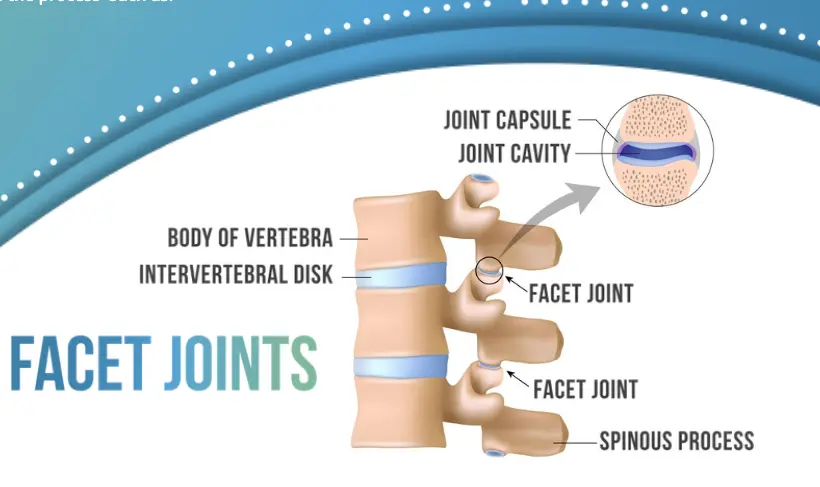Whether you are in the chiropractic office for pain or headaches, healing from a personal injury or simply engaging in a check-up, what happens physiologically during an adjustment is very specific.
A CHIROPRACTIC ADJUSTMENT is a safe, controlled force applied to a joint to restore proper function and mobility. To accomplish this goal, there are a wide variety of effective adjusting techniques that doctors of chiropractic (DCs) learn and are proficient with to treat your neuromusculoskeletal system. Techniques include popular hands-on methods or may utilize special tables and/or instruments. DCs will choose a technique based on your individual needs, body type or potential conditions (like osteoporosis) so that it will be well suited to your individual situation, comfort and preferences. Very commonly, adjustments are issued by hand with a fast gentle thrust that encompasses a calculated line of drive applied to a specific joint to restore function.
The adjustments provided by DCs are very precise and intentional to increase the functional capacity for movement and healing in the involved joints. Unlike popping your knuckles to simply make a noise, DCs examine and palpate the spine with their hands to determine the exact joints involved and the positional x-y-z axis of the joint needing specific attention. They are then able to issue a very precise controlled adjustment applied to the particular joints that are involved.
It is important to note that although DCs are commonly known for their work with the spine, pelvis and hips, a great number of DCs also address other joints in the body such the upper and lower extremities in the arms, hands, legs and feet.
Everyone wants to know what the ‘popping’ noise is that is experienced during some adjustments. Though minds may race to bones cracking and rubbing together, the answer is much softer.
DCS ADJUST SYNOVIAL JOINTS.
These are freely moveable joints created by two bones surrounded by a joint capsule. The capsule is filled with a lubricant called synovial fluid. Synovial fluid also serves as a source of nutrients for the cells that maintain the joint cartilage. Within its contents, synovial fluid also contains dissolved gases of oxygen, nitrogen and carbon dioxide. When a synovial joint is stretched, it can create pressure within the fluid that results in an exchange of dissolved gases. In some instances, that exchange will create a sound. DCs will often explain to first-time patients, especially children, that they may hear a sound, so that the noise isn’t alarming. It’s important for patients to know that THEIR BONES ARE NOT MAKING THE CRACKING NOISE!
Synovial joints can actually be found all along the length of the spine and your DC will refer to them as “facet joints.” Facet joints contain lots of tiny nerves⁴ to detect position and they are by far the most common joint type adjusted in the chiropractic office. The formal term for the popping noise is ‘joint cavitation,’ which is the audible exchange of gas within the joint. It is important to note that the amount of cavitation does not determine the success of an adjustment. Though joint noise does often occur, different types of adjustments will have different levels of cavitation. Even similar adjustments on different occasions may not exhibit the same sounds.
Many low impact adjustments will not have any noise at all but they are as equally as effective to restore joint function. A synovial joint provides the ability for movement but it also limits movement to prevent injury. Though it isn’t difficult to pop a knuckle to simply make a noise, it is possible to actually over-stretch the capsule or move joints of the spine in the wrong direction and cause harm or injury. This is why you should never try to adjust yourself or allow someone else to try if they are not professionally educated. It is pertinent that only trained specialists should issue a chiropractic adjustment to your spine or extremities. Specific adjustments go way beyond a sound show and provide multiple physiological benefits in the process such as:
- The restoration of normal range of motion as the locked facet joint is freed from restriction.
- The normalization of nerve function (or even vascular function) for those structures that might be directly affected.
- The relaxation of muscles adjacent to the joint as they are able to stop ‘protecting’ the joint through spasm and resume their natural tonicity.
- A decrease in inflammation when the stress on the joint is resolved.
- A decrease in pain through the release of endorphins at the region of care.
THESE ASPECTS OF CHIROPRACTIC CARE CAN HELP REDUCE THE NEED FOR PATIENTS TO TAKE OTHER MEDICATIONS such as muscle relaxers, anti-inflammatory drugs or pain killers. What happens during a chiropractic adjustment is multifold and complex. It holds the advantage of safely restoring properly functioning joints, and also aids in providing relief from the many symptoms associated with it, naturally.

